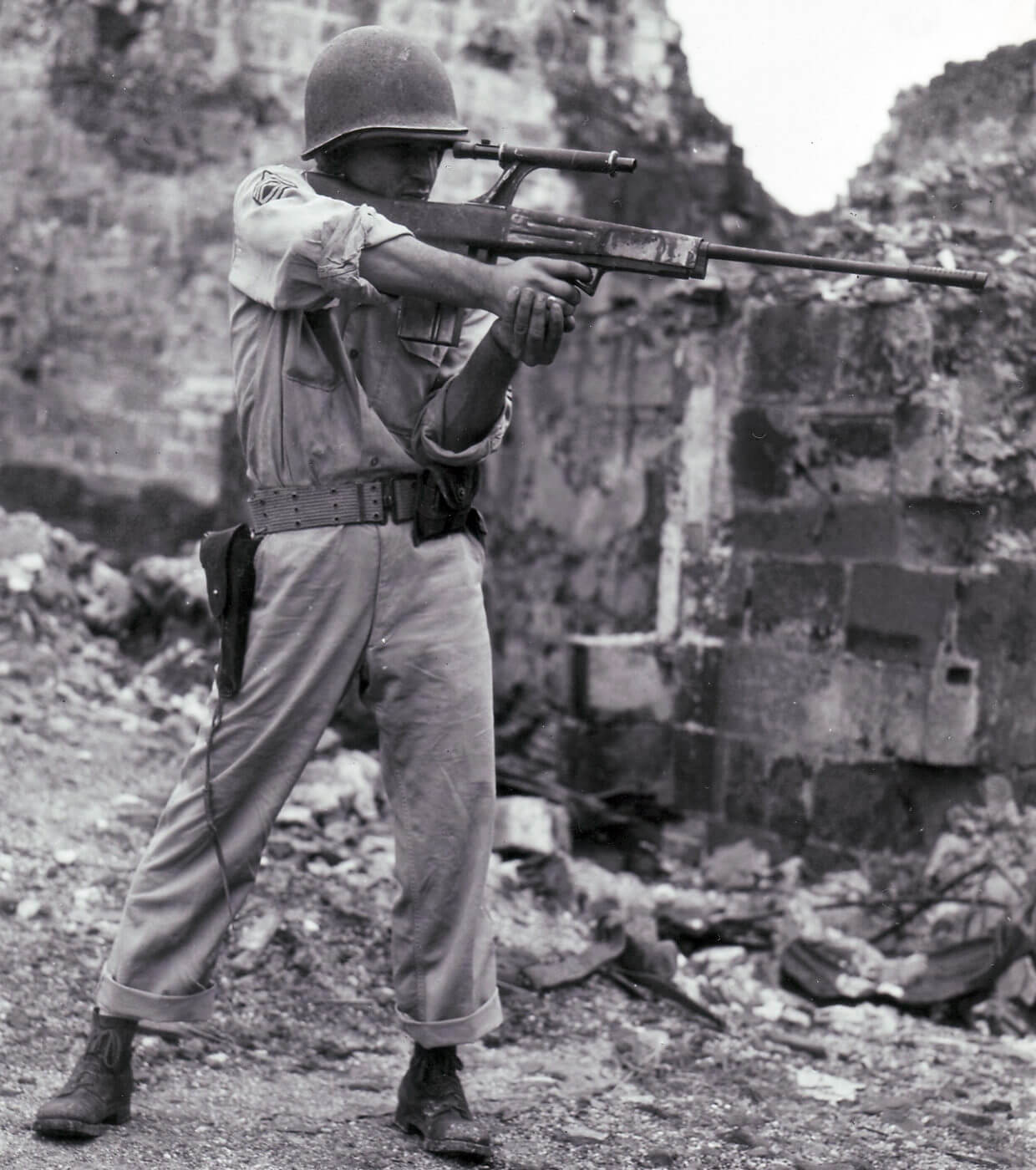The guy with no railings above a rotor is the underdog, at least.
What are those projections underneath?
If I had to guess at a glance, the pipe-looking things are to guard the rotor against striking the ground. If you mean the things hanging off them, I’d guess that they’re inflatated bladders to spread out the time of impact when landing.
EDIT: Rotor guy is apparently flying a de Lackner HZ-1 Aerocycle, and yeah, that’s apparently what they’re for:
The aircraft’s landing gear consisted of airbags at the end of each arm of the frame along with a large rubber float in the middle, providing amphibious capability,[5] although this arrangement was later replaced by a pair of conventional helicopter-type skids.[8]
EDIT2: The other one is apparently the Hiller VZ-1 Pawnee.
Hmm. I guess that sounds lighter than springs. Do other aircraft have air-based shock absorbers?
Edit:
Intended to be operated by inexperienced pilots with a minimum of 20 minutes of instruction
Lol, so that guy isn’t even a pilot, either. RIP
Maybe even during a war they weren’t able to find any pilots wanting to use those things.
According the the article linked it didn’t even pass the testing phase, because surprise-surprise guys kept crashing. That was the 50’s in peacetime, and the whole thing probably started because helicopters were the hype of the era and there was a lot of funding.
Depends on the aircraft if it has gas or hydraulic shock absorbers. Some lightweight aircraft just have torsion based shock absorption.
How would hydraulic ones work? The entire concept there is that liquids are almost incompressible.
It is done by allowing fluid to flow through passages between chambers separated with a piston. Your car’s shocks and struts work the same way. There are also ones with external reservoir that may allow for more travel or that can be pressurized to alter resistance.
You’d still need some kind of restoring force. Visibly, some cars use metal springs for at least part of that.
The fluid pushes on a reservoir of nitrogen that keeps the plane from bottoming out. It is a progressive pressure system, so it gets harder to move the more force is applied.
Glancing at Wikipedia, all hydraulic shock absorbers seem to use pneumatic compression. The oil is mostly a mechanical linkage, lubricant, and heat sink. I expect a liquid-only design could work, in a coilover monotube, but the spring would be taking all the compression, while the loose piston moving through oil simply resists change and smooths out the motion. There’s just not much reason to avoid adding a floating piston and some gas at the bottom of that. Underwater applications, maybe.
Ah! That makes sense.
The one on the right looks like it might plausibly be able to fly under extremely optimal conditions. The one on the left is a complete shitpost of an idea.
Lol seriously. The one on the left looks like someone strapped 4 pogo-sticks to the corners of a box-fan and called it a day .
It never occurred to me that multiple state-funded programs were started by engineers who felt existing rotorcraft were too stable and fail-safe.
Both of these manage to make less sense than the serious and groundbreaking industrial design of Inspector Gadget.
Actually, it doesn’t matter if the rotor is on top or the bottom. Since force is applied to the center of mass, which is the same with gravity.
It is called the Pendulum Rocket Fallacy.
https://www.youtube.com/watch?v=U8NVb1ZHo68
Folks are still working on military personal flight!
Guy on the right doesn’t look like he has a free hand to shoot, plus he’s on what’s basically a portable version of one of the Mortal Kombat pit levels
I presume he pulls a cobra maneuver and then drops down to swoop the blades at his aerial opponent.
A reliable attack, in that someone’s bound to die.
Advanced Jousting
He doesn’t need to shoot, he just glides over to the target and mows them down with his human piloted arial weed whacker.
War. War never changes.
Chad ducted fan vs virgin rotor
I’m on the US Army’s side.
US Army civil war???
loads 30-06 bullpup
Ain’t nothin’ civil about it.

hits Tineye
https://www.forgottenweapons.com/rifles/model-45a/
Although there is no way to know for sure, it is unlikely that Model 45A was actually capable of firing.
I suppose that one could beat someone to death with the butt, which probably indeed isn’t very civil.

RED WUNZ GO FASTA
How did this gun never appear in Star Wars?
The prop department would have to fake it, but by the sound of things, so did the US Army.
I need this for my commute to work.
And slash or for participating in amphibious invasions, depending on the mood and geopolitical requirements.






